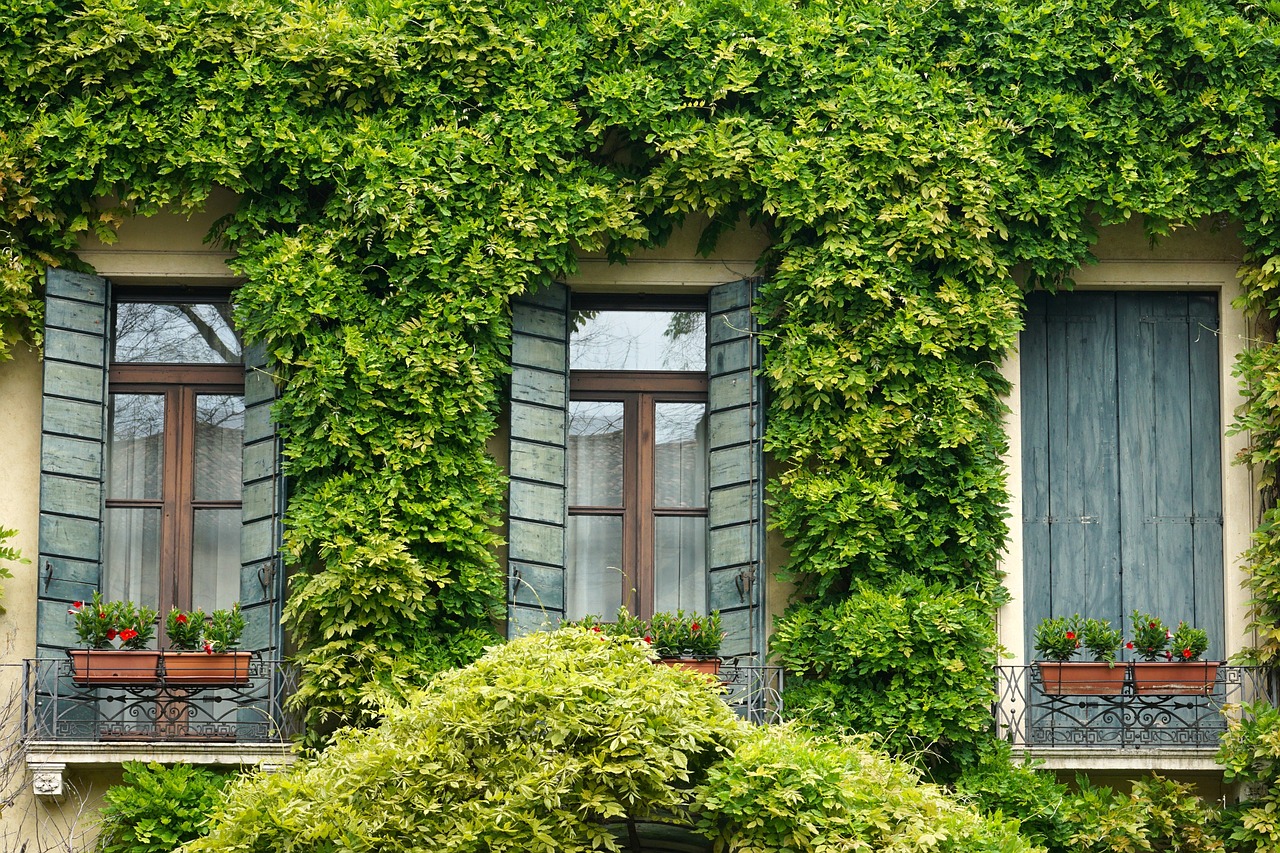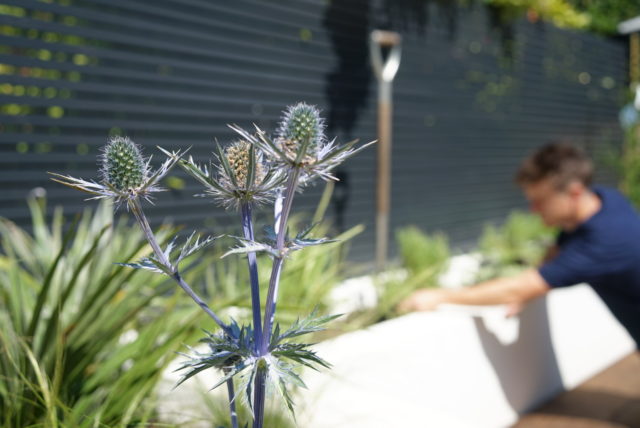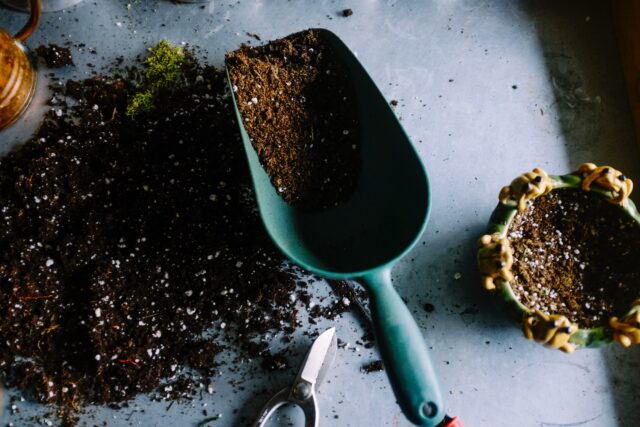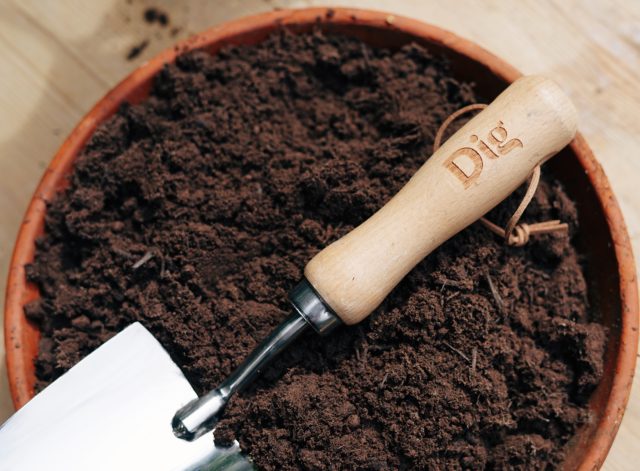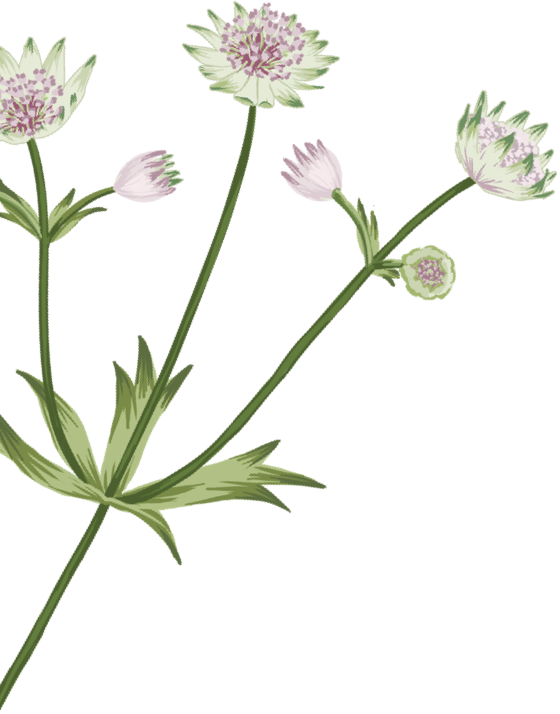The article below was originally published on the Berkeley Homes website and there is a link below to visit and find out more about their homes and lots more interior and exterior inspiration.
Looking out from your home onto a terrace, patio or balcony filled with colourful flowers and lush foliage brings the outside indoors and offers benefits both for you and for wildlife. And plants around your front door or window create a welcoming entrance.
Research shows that simply gazing at a natural green space can lift your mood, while tending to plants will help you to relax, too. “Wildlife will also appreciate your outdoor space, with bees and butterflies visiting the blooms,” says Henry Bartlam, co-founder of Dig Club, who planted one of our terraces at Sunningdale Park in Berkshire.
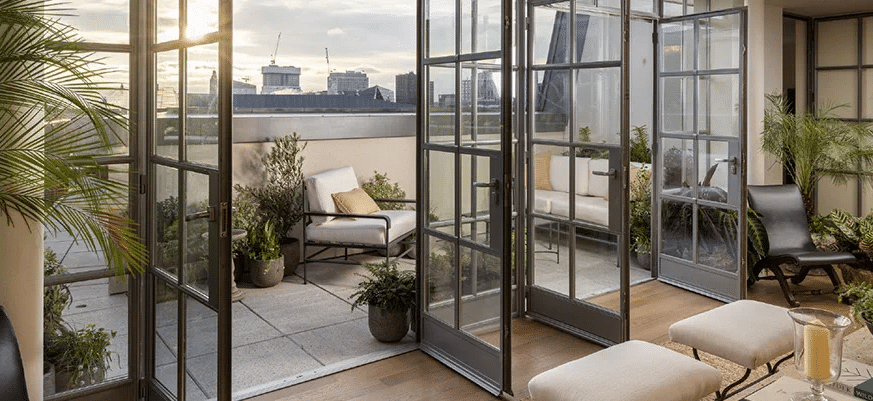
Take Stock
Whether it’s a windowsill, patio or terrace, the first step is to measure the space, so you know what you have to play with. “And take a note of how much sun your area receives from spring to autumn,” advises Henry. “You can then select plants that are adapted to sun or shade, depending on what you have.”
Design From the Inside Out
Take time to consider how your patio, terrace or balcony will look from your living space indoors. “Try blurring the boundary between inside and out with colours and styles that complement your interiors,” says Henry. “If you have neutral tones indoors, you could opt for a cool green and white planting scheme outside, or try a flamboyant flower-filled design to complement colourful or eclectic furnishings.” You could also design a group of containers beside your front door to convey your sense of style as they welcome in guests.
Mix Up Your Containers
“All outdoor planters must have drainage holes in the base, to prevent your plants from drowning, and select lightweight containers for a balcony. We love the fibreglass and corten steel pots from IOTA, or if clients want something more rustic, we may opt for wooden planters,” says Henry.
“Include a range of heights, sizes and shapes, with square or rectangular planters that follow the contours of your terrace or patio to save space or to create a sense of enclosure around seating. You can then add some round pots for further interest.” Just remember that small pots dry out quickly and will need watering more frequently than large planters.
Make a Big Entrance
Using the vertical space next to your front door or patio doors will add height and structure to your display. “Try a small tree such as a bay (Laurus nobilis) or Japanese maple (Acer palmatum) in a large pot, or a well-behaved climber in a planter with integrated trellis fixed to it,” advises Henry. The bluebell creeper (Sollya) and range of compact Boulevard and patio clematis from Raymond Evison are good choices. Or for a gorgeous scent by your door, plant a star jasmine (Trachelospermum). This also works well growing up a fence around a patio.
Create Year-Round Interest
Having assessed how much sunlight your outdoor space receives, choose plants that enjoy those conditions, and opt for a mix of evergreen shrubs for year-round interest, flowering perennials and bedding plants that offer seasonal colour, and ornamental grasses to provide texture and movement.
Henry recommends clipped evergreen Japanese holly (Ilex crenata) and Pittosporum tenuifolium ‘Golf Ball’ for foliage structure on a sunny patio or balcony, or sweet box (Sarcococca confusa) and Fatsia japonica in shady spaces.
For flowers, Verbena bonariensis, gaura, catmint (Nepeta), the tiny Mexican fleabane (Erigeron karvinskianus) and most bedding plants will inject colour into sunny areas. African lilies (Agapanthus) with their tall stems and large spherical flowers in summer are happy in containers and are drought tolerant.
While hydrangeas, hardy geraniums, Alchemilla mollis and heucheras will dress up shadier sites with their long-lasting blooms.
Lavender and a rose with few thorns such as ‘Penelope Lively’ will also provide perfume, with bulbs, including muscari, narcissus, tulips and alliums, offering splashes of colour in spring. Many of these flowers attract pollinators, too.
“You can also include a few edibles, such as herbs, salad leaves, tomatoes and peppers,” suggests Henry. Pick dwarf varieties of vegetables that are perfect for pots.
Plant With Care
Use a 2:1 mix of peat-free soil-based and multipurpose composts for your containers and, after planting, make sure there is a gap of 3-5cm between the surface and pot rim to allow space for water to collect. Henry lines his pots with a layer of cardboard to prevent the compost falling through the drainage holes, and packs flowering plants in close together for an instant lush effect. “Finally, add a 3-5cm fine bark-chip mulch around the plants to help retain moisture and reduce weed growth, and make sure you don’t block a balcony’s drainpipe outlet with containers,” he adds.
Water Wisely
Most plants in pots will need watering during dry spells in winter, or weekly throughout the cooler months on a covered balcony. Then, from late spring to early autumn, when plants are in full growth, water them every day or two. “Watering by hand is the easiest option and allows you to target the compost and reduce waste,” advises Henry. Watering globes or spikes offer a good option if you are not able to water regularly in summer – simply fill with water and plunge them into the compost to hydrate plants for up to a week.
Nourish Your Plants
Compost contains nutrients that sustain just-planted flowers and shrubs for about six weeks. After that, keep permanent plants healthy by replacing the top layer of compost with fresh material each spring and add a slow-release granular fertiliser at the same time. Henry also uses an organic seaweed fertiliser to feed perennials and annual bedding plants – apply it every two to three weeks from May to September.
And, finally, don’t forget to sit back and enjoy the mini urban oasis you’ve created.
See homes in Sunningdale Park and browse other Berkeley properties here.
